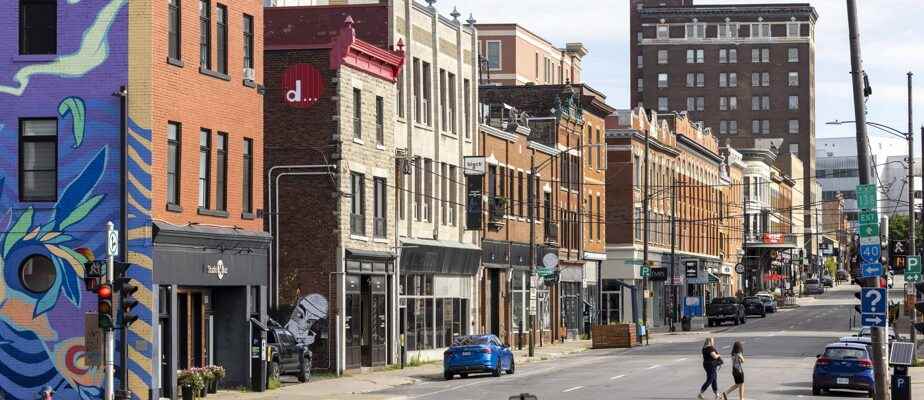The City of Trois-Rivières grants a tax credit to promote the densification of its urban perimeter at a time when it is experiencing a housing shortage.
This decision goes in the opposite direction to the trend observed in some twenty cities, most of them in the Montreal region, which have decided to overtax new housing in the midst of a housing crisis. For example, Terrebonne charges a fee of $5,000 per new home.
The capital of Mauricie announced on February 14 a property tax credit for new residential projects comprising at least eight dwellings. The three-year credit covers 100% of the land appreciation of the property following its densification.
The program applies in targeted areas. These share the characteristic of being served by water and sewer services and of having been built between the 1950s and 1980s. Developers must register for credit first. They then apply for their building permit.
The City hopes to encourage the creation of 600 collective housing units with this measure, indicates its spokesperson Mikaël Morrissette.
The measure is applauded by the Association of Construction and Housing Professionals of Quebec (APCHQ).
We salute the by-law of the City of Trois-Rivières, which kills three birds with one stone: stimulating the supply of housing, encouraging densification within the current urban perimeter and promoting affordability.
Paul Cardinal, economist at the APCHQ
Trois-Rivières is experiencing a demographic boom, caused among other things by the affordability of housing and the popularity of telecommuting, which has prompted workers from Montreal to settle in the regions. The median price of a house in the Trois-Rivières area was $279,500 on the 4e quarter 2022. The city has a population of 143,000, which is 3,000 more than at the 2021 census.
More than 1,000 housing units have been built per year in Trois-Rivières over the past two years. Available vacant land is becoming scarcer.
The densification tax credit is in addition to other measures recently put forward by the City to stimulate activity in the housing market aimed at access to property and the revitalization of old neighborhoods , says Mr. Morrissette. A draft housing policy will be presented publicly on March 8.
Development fee
By way of comparison, Terrebonne, Brossard and Saint-Bruno-de-Montarville impose a development charge intended to make builders of new homes pay the marginal cost of the municipal services that will serve their subdivision. The royalty takes the form of a price per door: $3,527 in the case of Brossard and $5,000 in Terrebonne.
In any case, denser constructions (with more dwellings) are more heavily taxed than single-family houses on the basis of one square meter of land.
Particularity in Saint-Bruno-de-Montarville, family housing is taxed more. The fee rises to $7,900 for a three-bedroom unit compared to $4,738 for a one-bedroom apartment.
To be exempt from the levy, the promoter can build social or affordable housing.
In this regard, Mr. Morrissette points out, Trois-Rivières imposes a form of contribution on promoters when the development requires the upgrading or extension of municipal infrastructures, but only in certain cases and in specific sectors.
Cohabitation problems in sight
The tax credit put forward by Trois-Rivières is not without flaws either, according to associate professor of municipal management at UQAM Danielle Pilette.
“The program ensures that single-family owners will be solicited by developers to sell their building. The remaining single-family homes will have to coexist with multi-family buildings, which may result in less sunshine and views than before. In addition, affordable homes will be demolished to make way for new apartment buildings, wiping out houses sold at reasonable prices for middle-class families. »

PHOTO ALAIN ROBERGE, LA PRESSE ARCHIVES
Danielle Pilette
Generally, explains the university, a city which wishes to densify a sector proceeds by a particular urban planning program (PPU). “A program like this keeps the City in control of what is done there. However, the City must invest. In this case, Trois-Rivières defines its objectives, does not invest itself and leaves the initiative to the promoters. »
The City spokesperson assures that there will be no eight-unit building between two single-family homes. “The zoning of the targeted sectors was taken into account to minimize the impacts of increased density on the traffic plan”, specifies Mr. Morrissette.
Learn more
-
- 0.9%
- Rental housing vacancy rate in the Trois-Rivières region in October 2022
Source: CMHC
